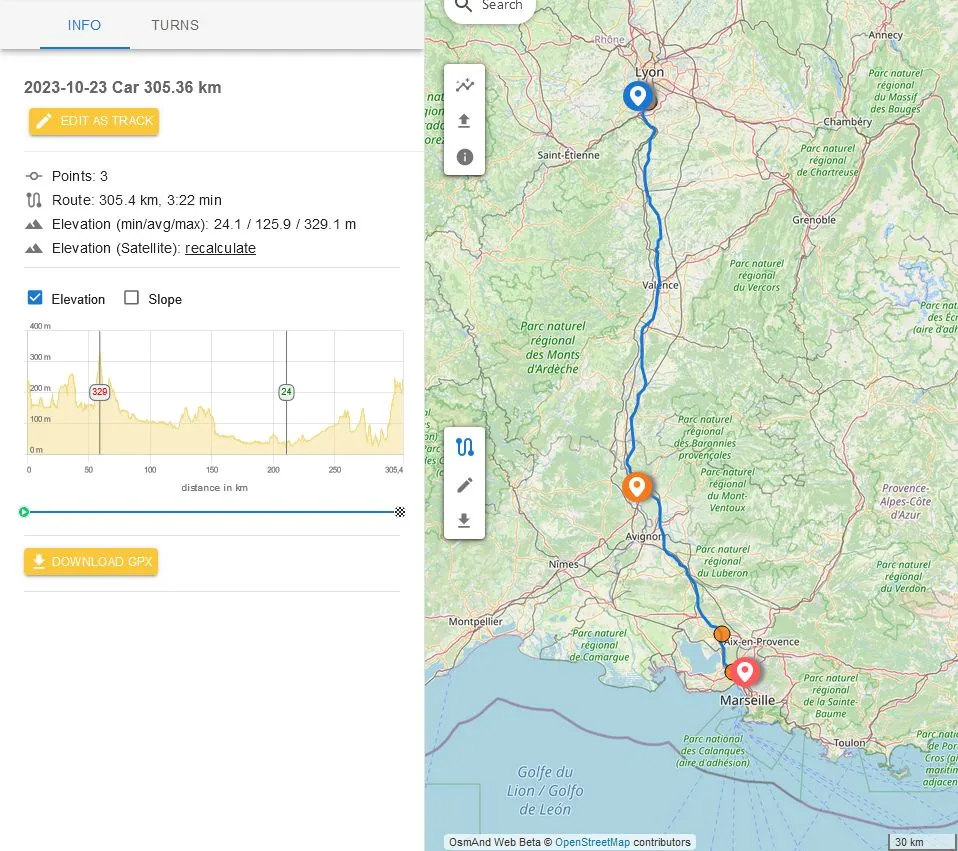When you drive a car, you are constantly making small adjustments to the steering wheel. These are subtle changes that keep the car centered in its lane.
Try it yourself: on a straight road, try to keep the steering wheel perfectly straight, and you’ll see that inevitably, the car will veer off the road.

Yet, this is what happens in many software development projects: everything is planned out from the beginning, a comprehensive schedule is made, and everything is expected to go smoothly, right?
In your projects, allow yourself to make adjustments as necessary.
Otherwise, you’re headed straight for a tree.
“Responding to change over following a plan.”
Now, let’s zoom out.
When we take the wheel, we are going somewhere, with a specific purpose, we have a destination. The parallel with the world of engineering: this destination is the solution to a specific business problem. The route is your initial plan, the idea you have at the start of how you are going to reach your destination.

Yet, how many times on the road do we realize that the planned route needs to be changed? An unexpected construction site, a missed exit, a sudden detour… These unforeseen events are legion on the road, just as they are in our projects. They do not mean that we will not reach our destination, they simply indicate that the road will be different from what we had imagined.
And that’s perfectly normal.
Moreover, when we prepare a trip, is the meticulous planning of each step really important? Imagine giving a precise arrival time at each stop, each city crossed, each lunch break… Without real necessity, it makes no sense. It is the same for your projects: does the rigidity of an initial plan, fixed from the start, really add value?
Generally, the answer is: no.
We must give ourselves the freedom to adjust the route, to adapt the journey to the unforeseeable as well as to the opportunities that arise. The final destination, however, remains the same: to solve a business problem.
As long as this problem is not clear, continue to dig deeper with the client.
Once it’s clear, write it down.
Print it, plaster it in your office: this is your destination, no matter the route.
Having the destination in this way allows us to question the path we follow each day, to ask ourselves the only question that matters: “Is this useful in relation to the goal?”
Go ahead, start the engine and enjoy the journey. Detours can lead us to new visions, to solutions we hadn’t thought of.
Nothing beats responsiveness to change.
Have a good trip!
 Valérian de Thézan de Gaussan
Valérian de Thézan de Gaussan